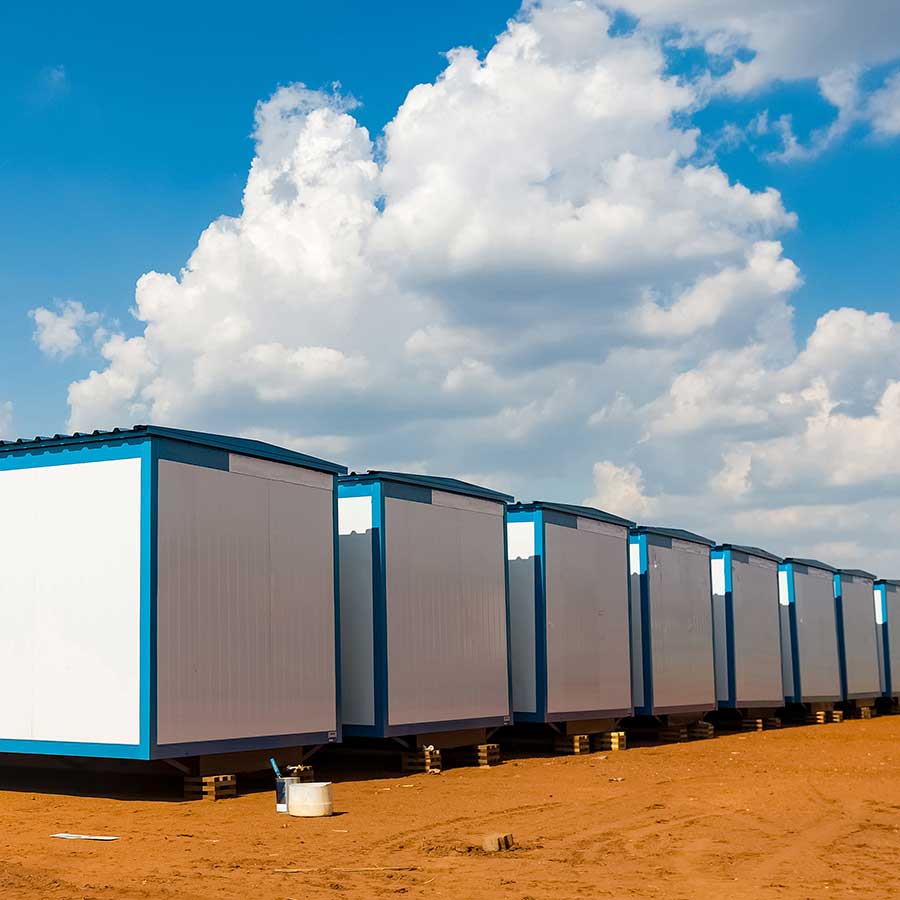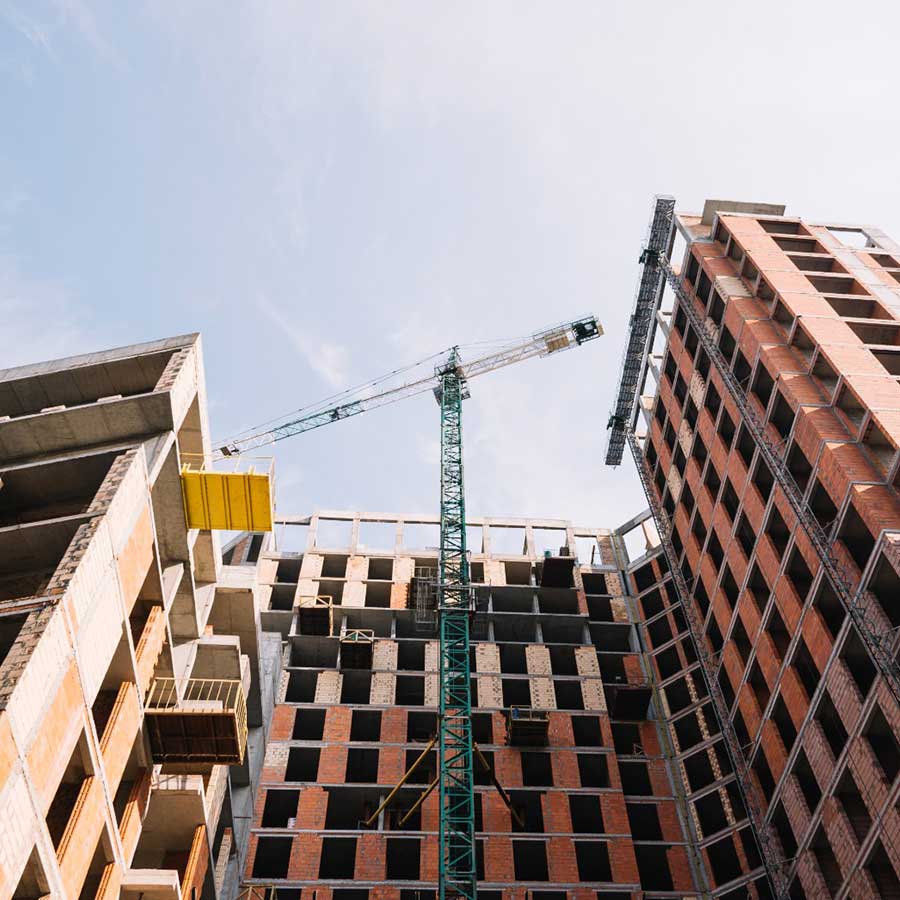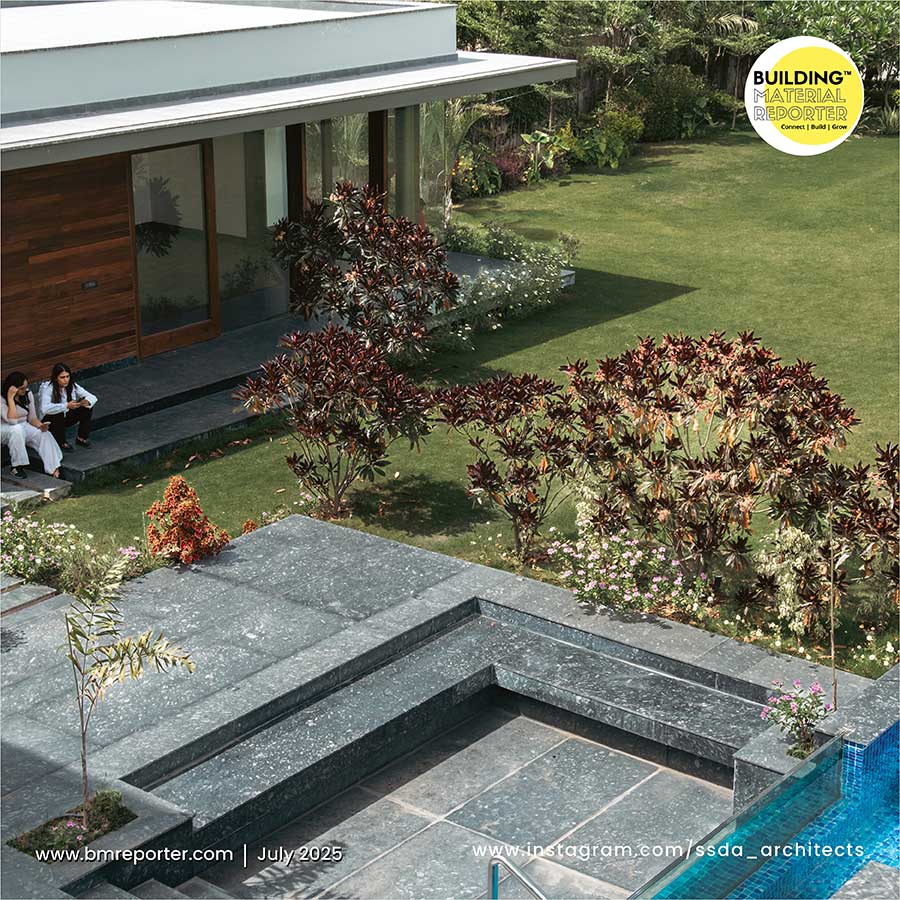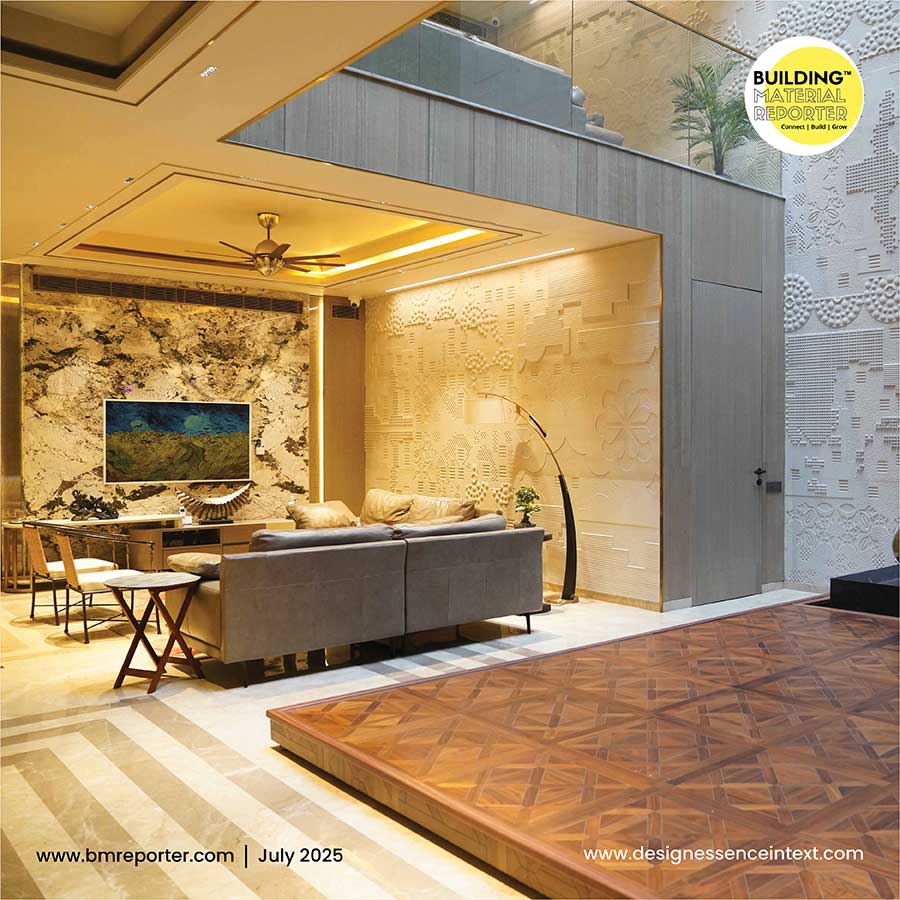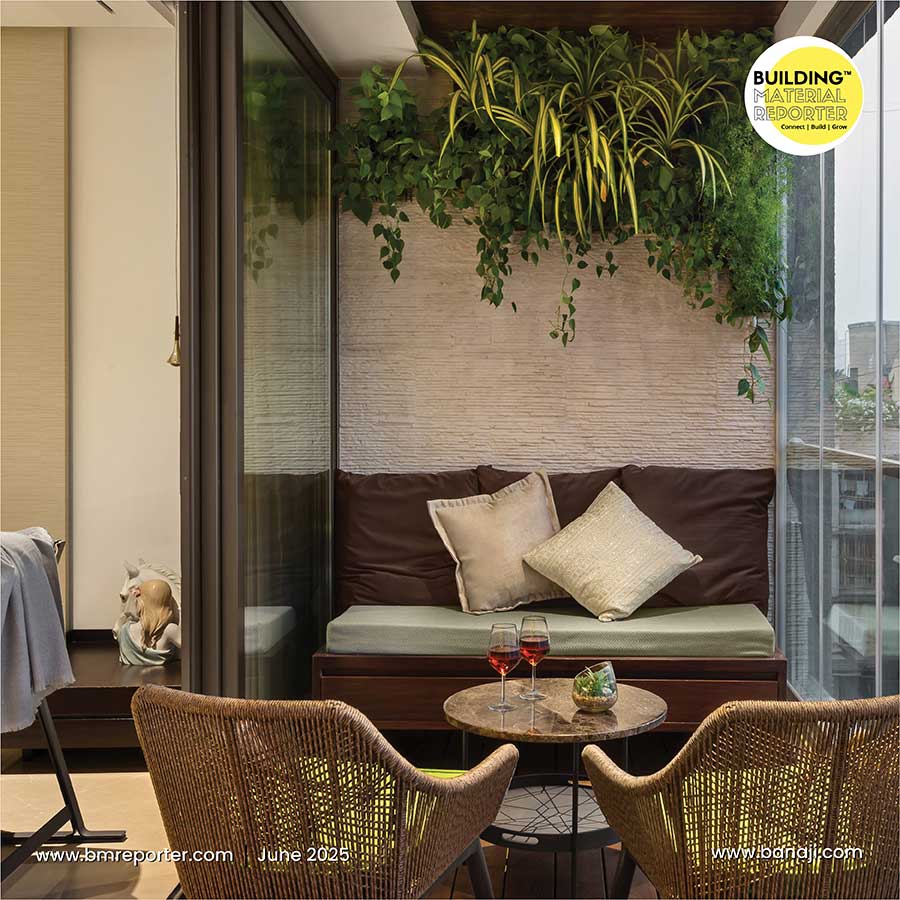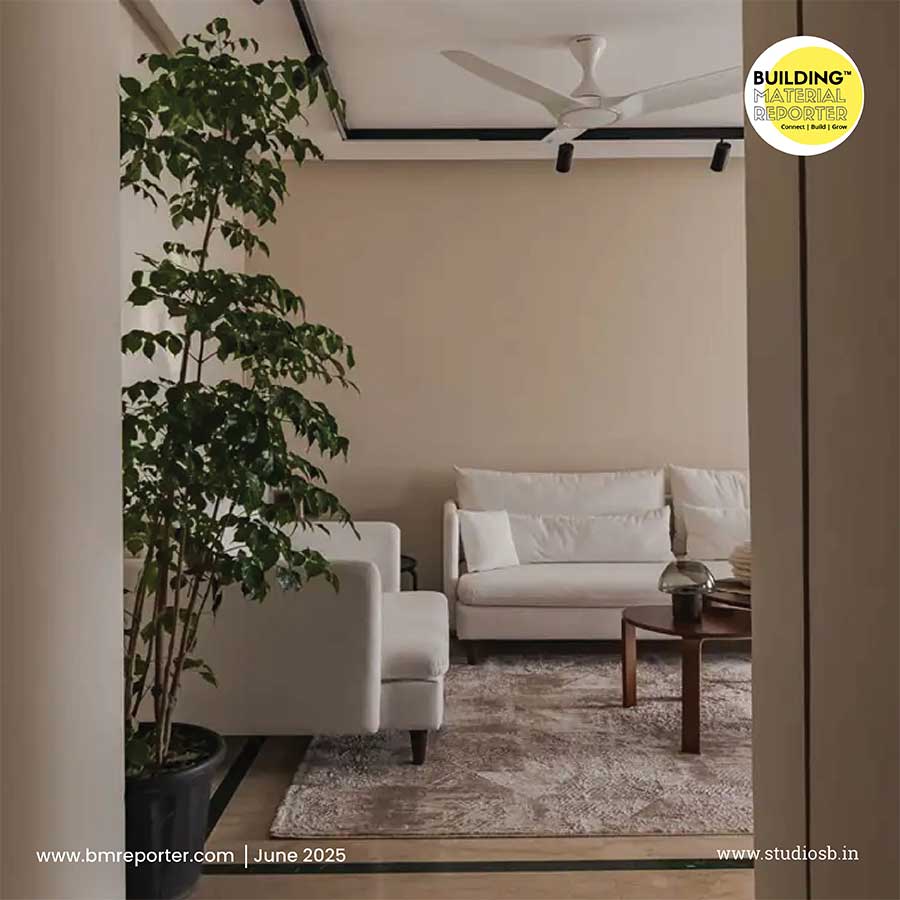Landscape Design: Ways to Improve Living
- June 11, 2024
- By: Editorial Team
- INFLUENCERS
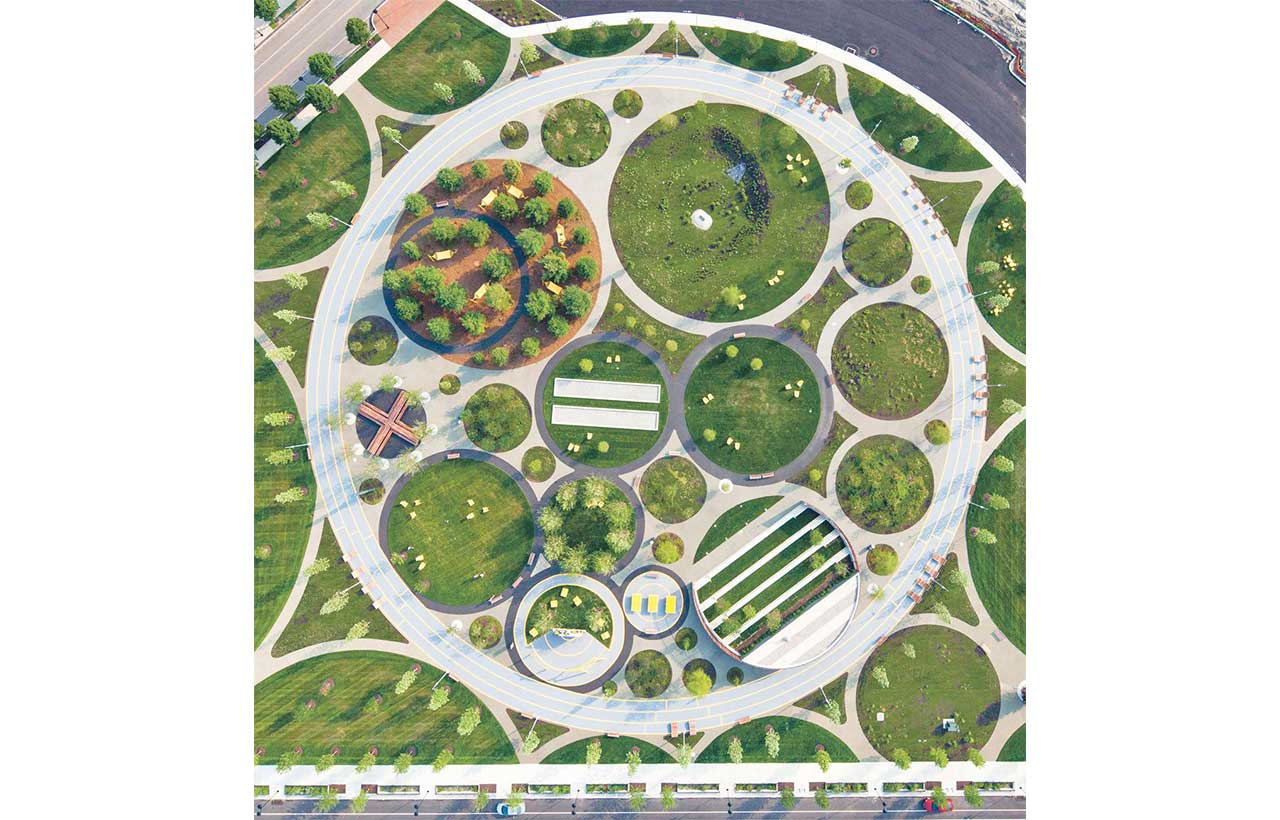
The process of transforming landscape design entails fusing creativity, science, and art to produce environments that are visually stunning but also improve ecological harmony, sustainability, and usability. Here is a research by Team BMR on the curative concepts that could transform landscape architecture.
Assuring Ecological Restoration
Designers can concentrate on ecological restoration, reclaiming degraded areas, and fostering biodiversity rather than just creating landscapes. This include reintroducing native plants, reestablishing organic water flows, and developing wildlife habitats. Landscape design can lessen the effects of urbanization on natural ecosystems and support broader conservation efforts by placing a high priority on ecological health.
Opt for Smart Technology
The use of smart technology has the potential to completely change how we manage and interact with landscape designs. Technology can improve the sustainability and efficiency of landscape maintenance, from weather-responsive automated irrigation systems to sensor-equipped plants that communicate their nutrient and water needs. Furthermore, clients may be able to see urban designs in real time with the help of augmented reality tools, which can improve stakeholder and designer communication.
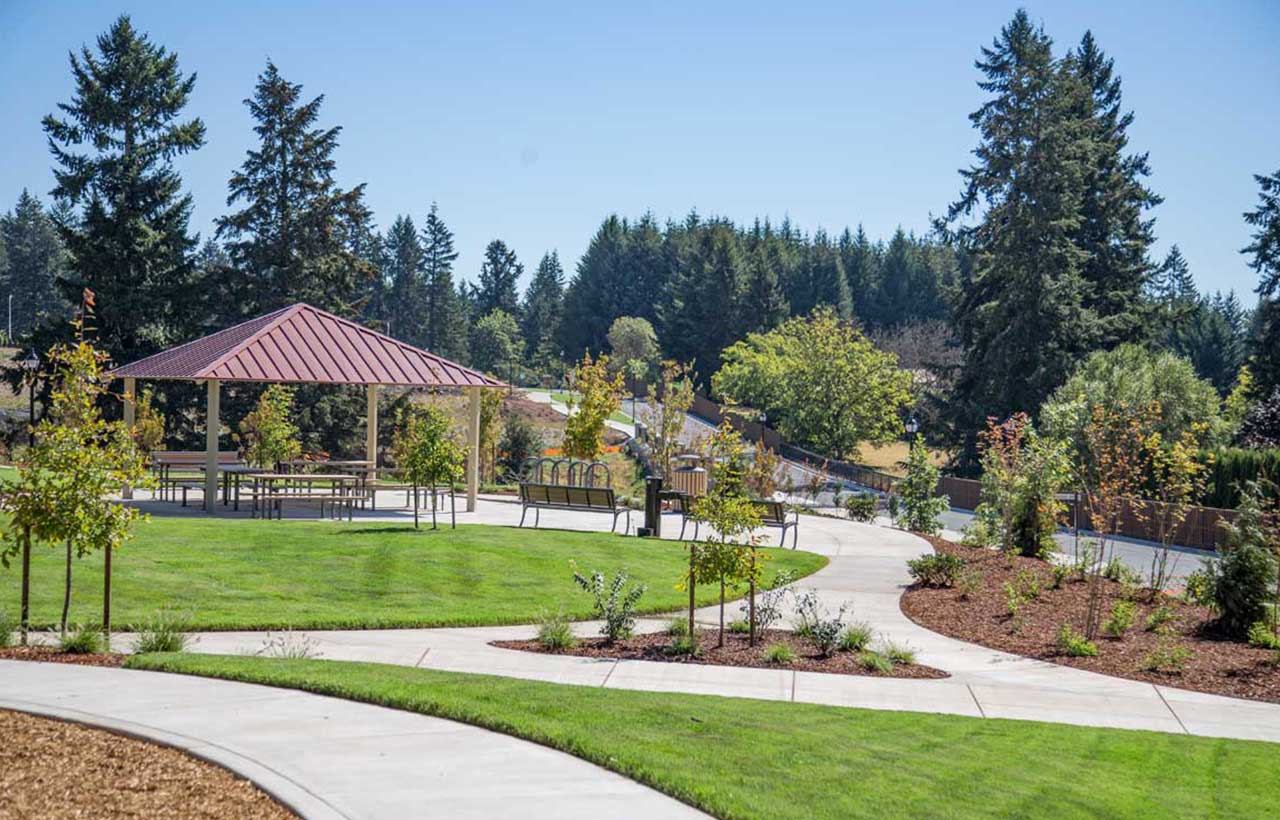
Embrace Sustainability
In landscape design, sustainability is ought to be the primary consideration, influencing choices about everything from material choice to upkeep techniques. In order to minimize environmental impact, designers can incorporate native plants to reduce water usage and support nearby ecosystems, prioritize permeable paving materials to reduce stormwater runoff, and use recycled or reclaimed materials. Putting sustainable practices into practice not only lessens the ecological footprint of landscapes but also establishes a standard for environmental stewardship.
Prioritize Wellness
Through the creation of environments that foster happiness and health, landscape design has the ability to enhance mental, emotional, and physical well-being. Walking trails, sensory gardens, and green areas are a few examples of components that can be included to promote stress relief, physical exercise, and a connection to the natural world. Considering human well-being when designing a landscape can improve quality of life and help build thriving, healthy communities.
Foster Regenerative Design
Through the creation of environments and green designs that foster happiness and health, landscape design has a potential to enhance mental, emotional, and physical well-being. Walking trails, sensory gardens, and green areas are a few examples of components that can be included to promote stress relief, physical exercise, and a connection to the natural world. Considering human well-being when designing a landscape can improve quality of life and help build thriving, healthy communities.
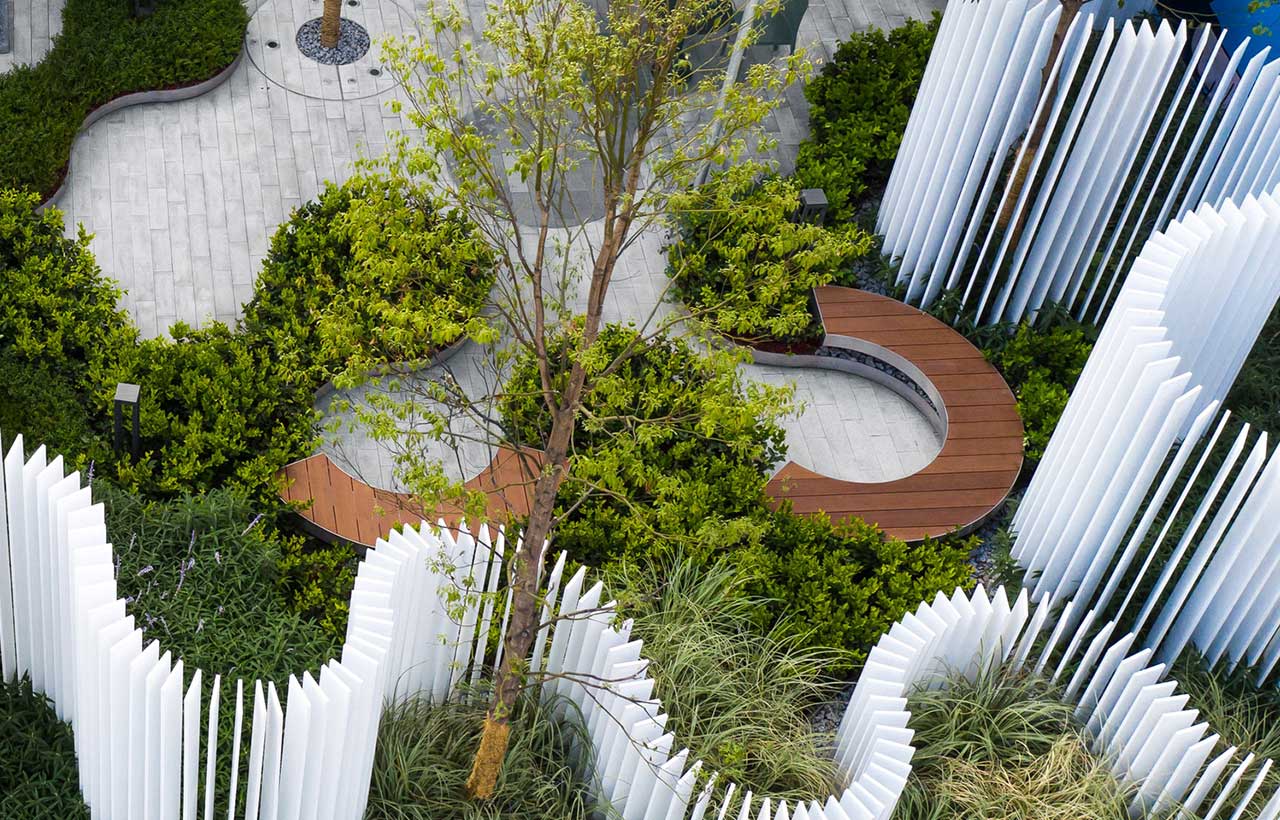
Initiating Green Infrastructure
Green infrastructure, such as green roofs, rain gardens, and bioswales, offers multifunctional benefits by managing stormwater, improving air quality, and enhancing urban biodiversity. Incorporating these features into landscape design can mitigate the urban heat island effect, reduce flooding, and increase resilience to climate change. By integrating green infrastructure into the built environment, landscape designers can contribute to creating healthier, more sustainable cities.
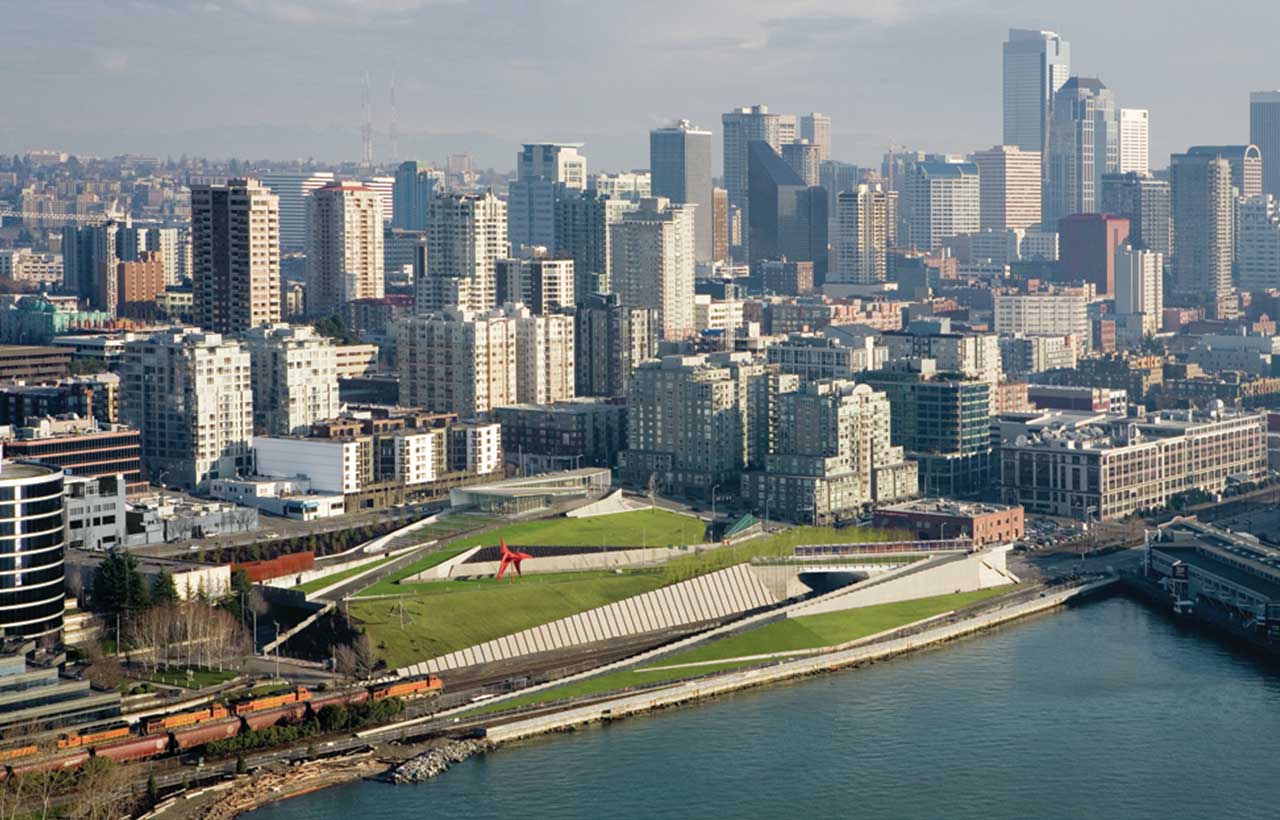
As a whole, a multimodal strategy that incorporates ecological restoration, smart technology, community involvement, sustainability, green infrastructure, regenerative design, cultural diversity, resilience, wellness, and innovation is needed to transform landscape design. By adhering to these ideas, landscape architects may build environments that enhance human well-being, social justice, environmental conservation, and sensory design- all of which contribute to building a more sustainable and dynamic future for future generations.
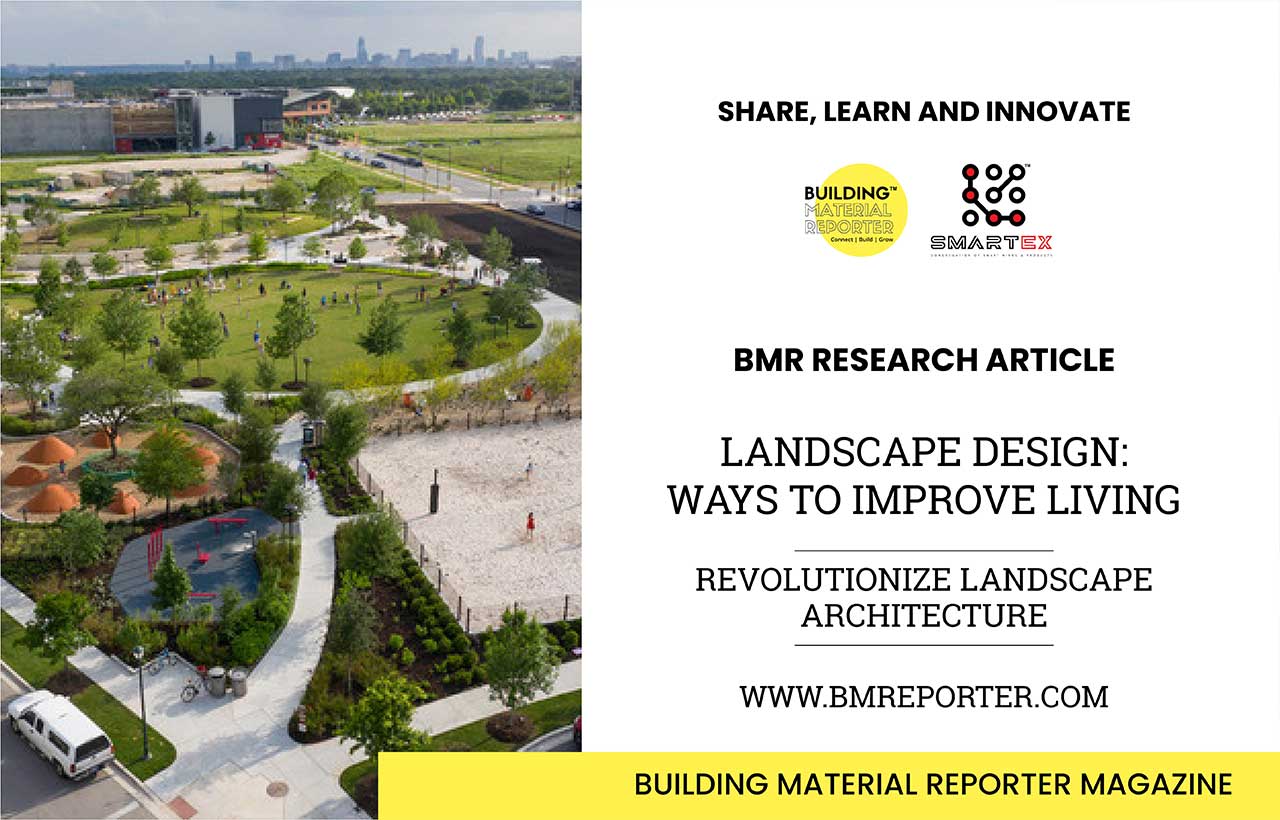
Building Material Reporter believes in serving the best! Stay tuned with us for more ideas and news related to construction, home decor, design, new projects, architecture and innovative materials in the industry. Follow us for the latest news and stay updated.


